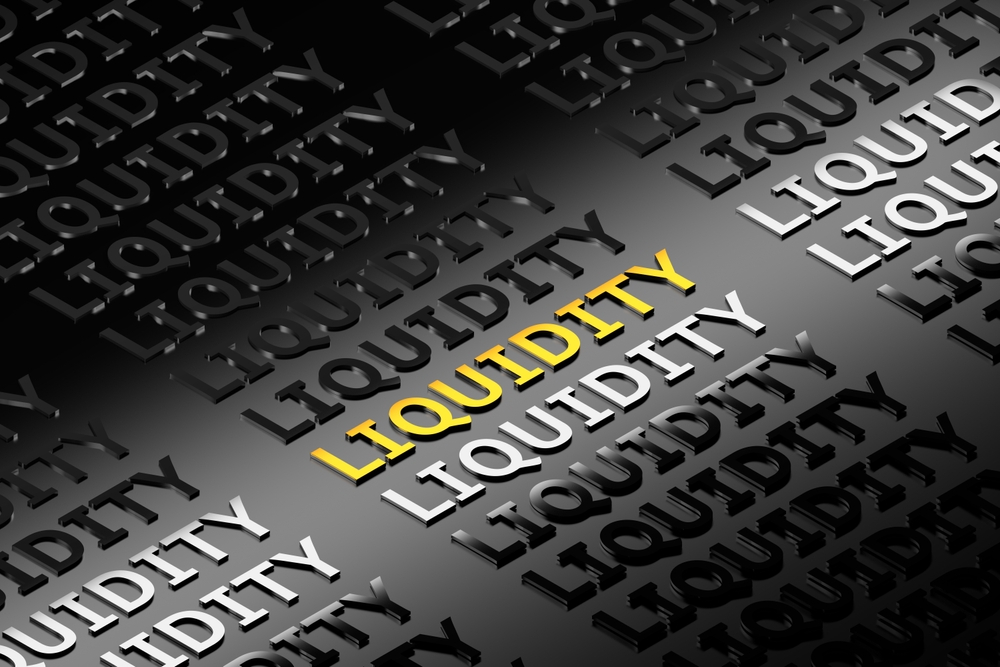Decentralized Finance (DeFi) has emerged as a transformative force within the blockchain and cryptocurrency space, reshaping traditional financial systems and opening up new possibilities for users worldwide. This article delves into the evolution of DeFi, exploring its roots, key milestones, and the potential it holds for the future of finance.

The Genesis of DeFi
The concept of decentralized finance can be traced back to the launch of Bitcoin in 2009, which introduced the revolutionary idea of a decentralized and trustless form of currency. However, it was the introduction of Ethereum in 2015 that paved the way for DeFi’s inception. Ethereum’s smart contract functionality allowed developers to create programmable and self-executing financial contracts, marking the beginning of decentralized financial applications.
Key Milestones in DeFi Evolution
1. The Rise of Decentralized Exchanges (DEXs): In 2016, projects like EtherDelta pioneered decentralized exchanges, enabling users to trade cryptocurrencies without the need for a central authority. This laid the groundwork for a more inclusive and censorship-resistant financial ecosystem.
2. Smart Contracts and Lending Protocols: The advent of lending protocols like MakerDAO in 2017 showcased the potential for decentralized lending and borrowing. Users could collateralize their assets in smart contracts, creating a trustless lending environment that wasn’t reliant on traditional financial intermediaries.
3. Expansion of Decentralized Lending: Platforms like Compound and Aave expanded the DeFi lending landscape, introducing innovative features such as algorithmic interest rate adjustments and flash loans. These developments increased liquidity and accessibility, attracting a broader user base.
4. Decentralized Stablecoins: The need for stability in the volatile crypto markets led to the creation of decentralized stablecoins like DAI. These coins are pegged to a stable value and collateralized by a pool of diverse assets, providing a reliable medium of exchange within the DeFi ecosystem.
5. Decentralized Autonomous Organizations (DAOs): DAOs gained prominence, enabling decentralized governance and decision-making within DeFi projects. DAOs allow community members to have a direct say in the development and management of the protocols they participate in, fostering a more democratic ecosystem.
6. Yield Farming and Liquidity Mining: The introduction of yield farming and liquidity mining mechanisms incentivized users to contribute assets to liquidity pools, earning rewards in return. This strategy played a pivotal role in attracting liquidity and users to DeFi protocols.
Challenges and Solutions
Despite its rapid growth, DeFi has faced challenges, including security vulnerabilities, regulatory uncertainties, and scalability issues. However, the community has responded with robust security measures, improved compliance practices, and scalability solutions like layer 2 protocols.
The Future of DeFi
Looking ahead, the evolution of DeFi continues with ongoing advancements:
1. Cross-Chain Integration: Projects are actively working on cross-chain interoperability, enabling assets to move seamlessly between different blockchains. This enhances DeFi’s scalability and reduces reliance on a single blockchain.
2. Innovations in Asset Tokenization: Traditional assets like real estate and stocks are increasingly being tokenized on the blockchain, providing fractional ownership and increased liquidity.
3. Decentralized Identity and Oracle Networks: Improvements in decentralized identity solutions and Oracle networks contribute to the reliability of real-world data, enhancing DeFi’s capabilities for a broader range of financial applications.
4. Regulatory Clarity: Collaboration with regulators and adherence to evolving regulatory frameworks are crucial for DeFi’s mainstream adoption. Increased regulatory clarity can attract institutional players and pave the way for broader acceptance.
Conclusion
In conclusion, the evolution of DeFi represents a paradigm shift in the world of finance. As the ecosystem matures, addressing challenges and embracing innovation, DeFi has the potential to redefine global financial systems, making them more inclusive, efficient, and accessible to everyone. The journey is ongoing, but the trajectory suggests that decentralized finance is here to stay, bringing about a new era of financial freedom and empowerment.
Personal Note From MEXC Team
Check out our MEXC trading page and find out what we have to offer! There are also a ton of interesting articles to get you up to speed with the crypto world. Lastly, join our MEXC Creators project and share your opinion about everything crypto! Happy trading! Learn about interoperability now!
Join MEXC and Get up to $10,000 Bonus!
Sign Up


